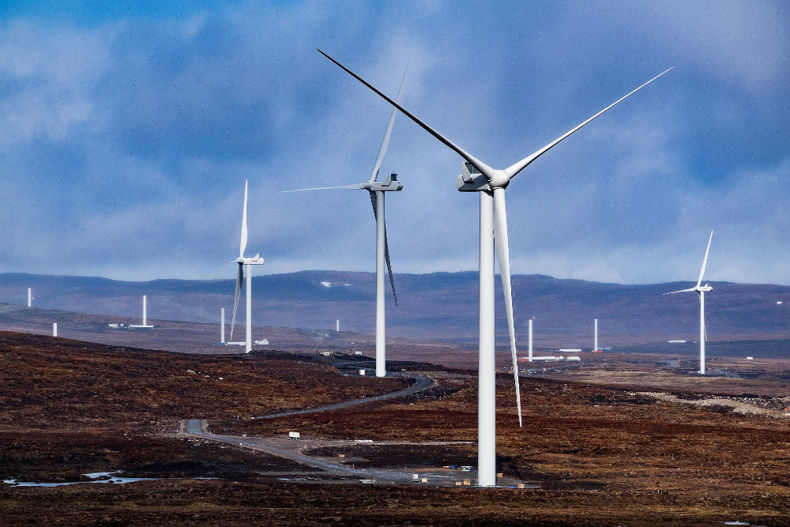
In 2008, SSE acquired Airtricity and embarked on a ten-year journey that would triple its onshore wind capacity and add an estimated £3.9bn to UK and Irish GDP.
SSE has long been one of the UK and Ireland’s leading developers and operators of renewable energy. Our renewable energy heritage dates back to the hydro revolution in the late 1940s when we brought power to the glens across the highlands of Scotland. The acquisition of Airtricity heralded the start of a new renewable revolution; that of onshore wind.
The onshore wind revolution has brought benefits across the UK and Ireland including: creating jobs, supporting a growing and indigenous supply chain, stimulating investment in remote areas, reducing carbon emissions and making a significant contribution to meeting consumers’ electricity needs.
These are benefits we want to be able to replicate for the next ten years, and beyond, but to do that we need the governments to build on the UK’s credentials in renewable energy and decarbonisation and develop a supportive framework that addresses the market and planning challenges being faced by the onshore wind industry.
The UK Government’s Industrial Strategy sets out a long-term plan to boost the productivity and earning power of people throughout the UK. It sets out how we are building a Britain fit for the future – and our report shows onshore wind has a key role to play in this future as one of the most mature renewable energy technologies and the cheapest form of low-carbon generation.
For our new report, ‘A decade of clean growth’, we analysed the data from the development, construction and operational spend of our onshore wind farms during the period 2008 to 2018 and expected future spend for the estimated remaining life of all SSE’s onshore wind farms. We found that an estimated 66% of SSE’s total committed spend in onshore wind was, or is expected to be, spent in the UK or Ireland. These projects are estimated to support 67,000 years of full time employment across the UK and Ireland, with much of this employment in places where economic activity tends to be lower.
Of the £3.9bn contribution to UK and Irish GDP, an estimated £1.2bn is yet to be added to these economies. This is because SSE’s onshore wind farms are expected to support just under 22,000 years of employment between 2018 and 2040 as we continue to operate and maintain our onshore wind portfolio. Our wind farms provide long term jobs for the life time of the projects, expected to be at least 20 to 25 years, helping to support the long-term viability of communities.
There remain sites, particularly in Scotland, with excellent wind resource which are yet to be harnessed. In tandem with opportunities for new developments, the future of existing projects must also be considered. As the mid-2020s approach, existing wind farms will begin to reach the end of their life, presenting opportunities to repower the most economic sites. It’s important this existing low-carbon capacity, which is crucial in achieving binding climate change targets, and makes a major contribution to electricity production, is replaced so the capacity is not lost.
A supportive framework that addresses market and planning challenges is vital for the future success of the onshore wind industry in the UK and Ireland. Our report demonstrates the scale of opportunity for the next decade and beyond and we look forward to engaging with governments on how to deliver this.
You can read the ‘Decade of clean growth’ report here.


